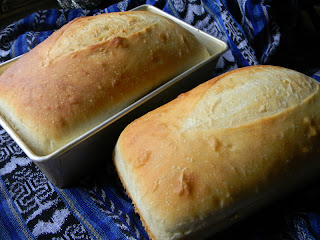
I didn't want to read this book.
I don't like to read sad stories, especially about little girls. I didn't want to read about the damage of sin. And 600 plus pages? I'd never get through it.
But when the three different friends told me that I really should read Joey's Story, I finally relented. And I'm glad I did.
Joey's Story by Ruth Ann Stelfox is the true story of Joanne Miller's childhood. It is a sad story. On some pages my heart just ached for Joey. Since she was only a few years younger than me, I thought about what I was doing in my idyllic childhood, and mourned the unfairness of it all.
In sharing her story, Joanne was honest about sin, both in herself and others. She shows the devastation of growing up in a shattered home, exposed to abuse, drugs, and porn. Shuttled to various foster homes, the death of many of the special people in her life, feeling completely abandoned by God, and battling the turmoil of sin in her own life - Joey eventually was touched by the forgiving power of God. Today she is the wife of a missionary serving in Central America.
Joey's Story is a sad book, but it is also triumphant. By the time I finished, I felt full of hope. Hope found in Jesus Christ for all the Joeys out there (young and old) who are lost in a troubled life of sin and despair. The God who worked a miracle in Joey's life can do the same for others.
And that is why I recommend the book to you. If you need hope for yourself, or for others, read this testimony of the power of God. If you are a foster or adoptive parent, attempting to understand the struggles of a troubled child, read this book. If you want your heart to become tender for the many little girls out there who need healing from life's wounds, read Joey's Story.
You can purchase Joey's Story from CLP.
I received a review copy of Joey's Story from the publisher but all opinions expressed here are my own.

























































